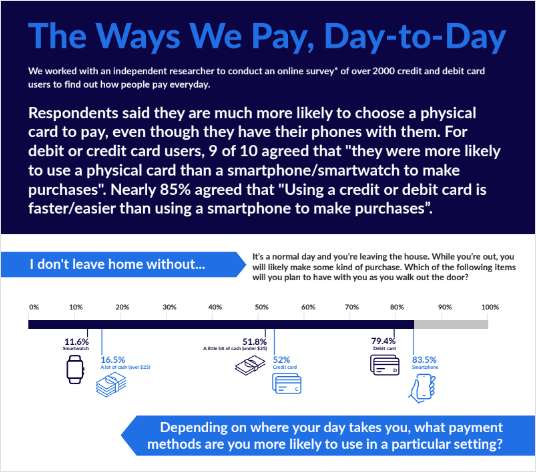WASHINGTON – If member business lending doors closed for credit unions five years ago because of MBL restrictions in the Credit Union Membership Access Act, then in 2003 several of those doors reopened allowing more credit unions to enter the member business lending market. In February, just before CUNA's Governmental Affairs Conference, Small Business Administration Administrator Hector Barreto announced the SBA decided all credit unions could participate in the agency's 7(a) loan program. The agency's announcement capped off years of discussions NAFCU, CUNA and NCUA had had with SBA ever since it decided about 10 years ago that only credit unions with geographic fields-of-membership were eligible to become 7(a) lenders. In February, when SBA General Counsel David Javdan sent the agency's letter to CUNA and NAFCU announcing the decision, there were only about 75 community-chartered credit unions that were authorized SBA 7(a) lenders. At press time, there were 121, according to the SBA. Not surprisingly, the SBA's decision was criticized by the American Bankers Association. Floyd Stoner, the association's executive director of congressional relations called the move "another attempt by credit unions to take advantage of the same privileges and reap the same benefits without the same responsibilities that tax-paying banks have." But Barreto on more than one occasion defended his decision, saying in one instance that the average size business loan a credit union makes "is consistent with the size of an SBA 7(a) loan." Two months later, member business lending got another shot in the arm when the NCUA Board unanimously approved to issue for a 60-day commend period a proposed rule that would make it easier for credit unions to make MBLs and took into account provisions the agency had already approved for several states in their own MBL regulations. The three provisions included lowering the equity requirements for construction and development loans from 35% to a minimum of 25%; eliminating the need for personal guarantees by the principals for business loans; and allowing unsecured business loans under certain circumstances. The NCUA Board also approved allowing CUSOs to originate MBLs which credit unions could then purchase, and credit unions participating out member business loans would only count the outstanding loan balance toward its aggregate loan limit when the loan was sold without recourse. Credit unions purchasing participations sold without recourse would not count them toward their aggregate MBL limit. Credit unions expected a comment letter from the American Bankers Association to be among those the NCUA received on its proposed rule, but it was a comment letter from the Treasury Department expressing its concerns with some provisions of the proposed rule that took CUs by surprise. Treasury's letter raised concerns with the exclusion of purchased participation interests from the purchaser's MBL limits. Treasury didn't object to CUSOs originating MBLs, but it did not agree with NCUA's proposal to allow credit unions to purchase those loans without counting them towards their MBL cap. In fact, when the NCUA at its September meeting, approved the final MBL rule with modifications that reflected the concerns Treasury expressed in its comment letter – the elimination of the personal guarantee and not requiring credit unions to count loan participation purchases toward their MBL cap-some in the credit union industry criticized the changes that were made and felt the final rule could have gone as far as the proposed one. NCUA Vice Chair JoAnn Johnson defended the board's decision, but left open the possibility that additional changes may be made to the MBL rule in the future. "We continually look to see if additional improvements can be made to the rule," she said at the time. According to CUNA's Economic & Statistics Department, at mid-year 2003 there were 1,617 credit unions with member business loans outstanding on their balance sheets. This number is roughly the same as there were in 1995. Overall MBL growth in the first six months of 2003 was 12.8% (i.e., 25.6% annualized but not seasonally adjusted). -
Complete your profile to continue reading and get FREE access to CUTimes.com, part of your ALM digital membership.
Your access to unlimited CUTimes.com content isn’t changing.
Once you are an ALM digital member, you’ll receive:
- Breaking credit union news and analysis, on-site and via our newsletters and custom alerts
- Weekly Shared Accounts podcast featuring exclusive interviews with industry leaders
- Educational webcasts, white papers, and ebooks from industry thought leaders
- Critical coverage of the commercial real estate and financial advisory markets on our other ALM sites, GlobeSt.com and ThinkAdvisor.com
Already have an account? Sign In Now
© 2025 ALM Global, LLC, All Rights Reserved. Request academic re-use from www.copyright.com. All other uses, submit a request to [email protected]. For more information visit Asset & Logo Licensing.









